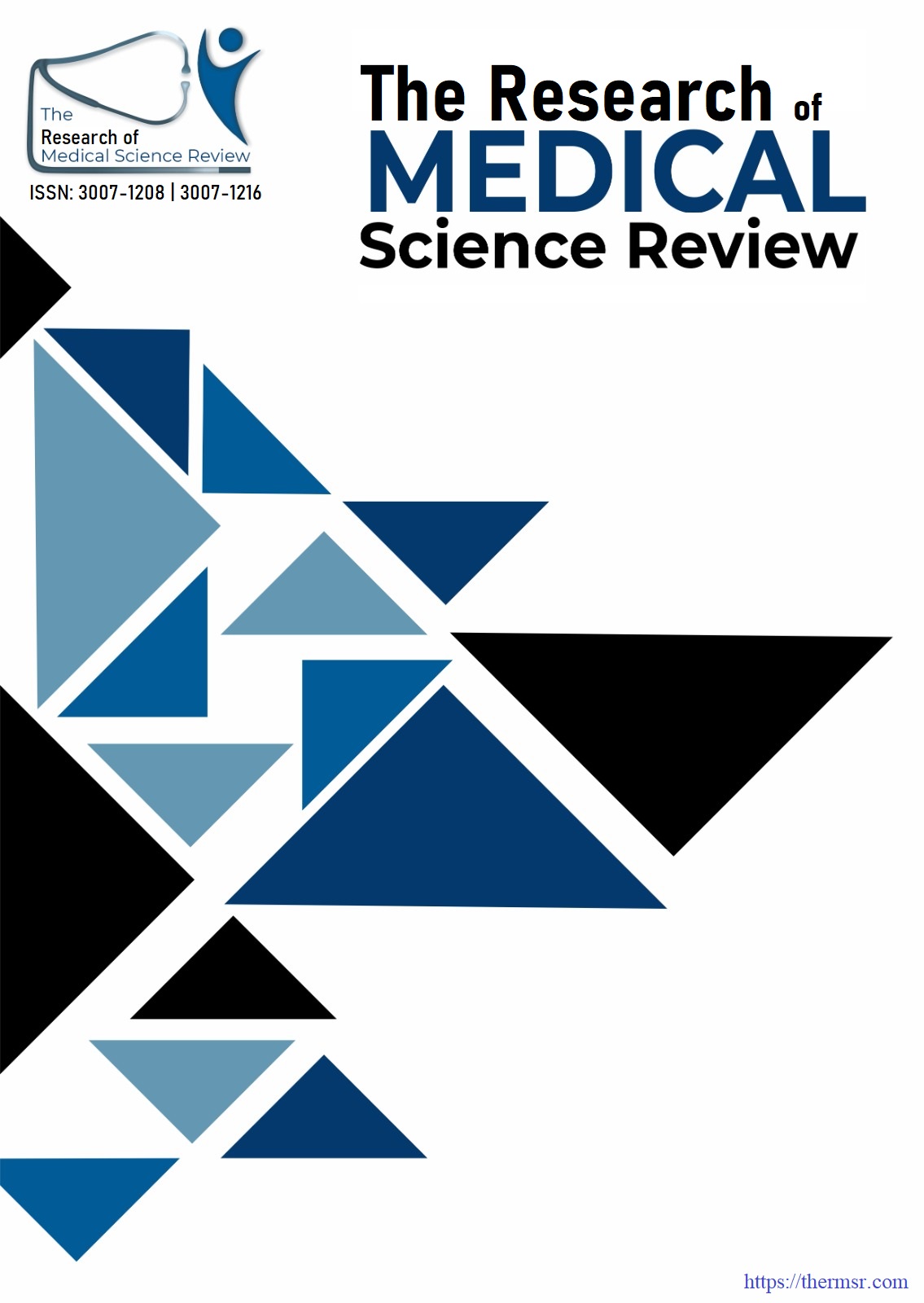EFFICIENCY OF LEFLUNOMIDE IN TREATMENT OF RHEUMATOID ARTHRITIS PATIENTS AT TERTIARY CARE HOSPITAL
Keywords:
Rheumatoid arthritis, Leflunomide, Disease Activity Score 28, Functional Improvement, Patient-Reported OutcomesAbstract
Background: The quality of life is greatly impacted by rheumatoid arthritis (RA), a chronic autoimmune disease that requires efficient therapies. Objective: This study aimed to assess the efficiency of Leflunomide in treating RA patients at a tertiary care hospital, focusing on its impact on disease activity, functional improvement, and patient outcomes. Methodology: Sharif medical and dental college, Lahore was the site of our prospective observational research, which ran from January to December 2023. 150 RA patients receiving Leflunomide (20 mg/day) were included in the trial. At baseline, three months, and six months, disease activity was measured using the Disease Activity Score 28 (DAS28). The Patient Global Assessment (PGA) Score, the Visual Analog Scale (VAS) for pain, and the Health Assessment Questionnaire (HAQ) Score were used to quantify the functional results and patient-reported outcomes. While paired t-tests examined variations in disease activity and functional outcomes across time, descriptive statistics provided an overview of the clinical and demographic features. Data analysis was conducted using SPSS (version 25) and statistical significance was determined at p < 0.05. Results: Among the 150 patients, 58 (38.67%) were male and 92 (61.33%) were female. Leflunomide treatment led to a significant reduction in disease activity, with the Disease Activity Score 28 (DAS28) decreasing from a baseline mean of 6.53 ± 1.28 to 4.69 ± 0.98 at 6 months (p < 0.001). Functional status improved, as indicated by the HAQ Score, which fell from 1.87 ± 0.79 to 1.52 ± 0.68 (p = 0.021). Pain levels, measured by the VAS, decreased from a baseline mean of 4.31 ± 2.03 to 3.50 ± 1.85 (p = 0.045). The PGA Score also improved, from 4.17 ± 1.53 to 3.65 ± 1.36 (p = 0.030). Conclusion: Leflunomide serves as a helpful therapy option in a tertiary care context by significantly reducing disease activity and improving functional and patient-reported outcomes in RA patients.
Downloads
Downloads
Published
Issue
Section
License

This work is licensed under a Creative Commons Attribution-NonCommercial-NoDerivatives 4.0 International License.















